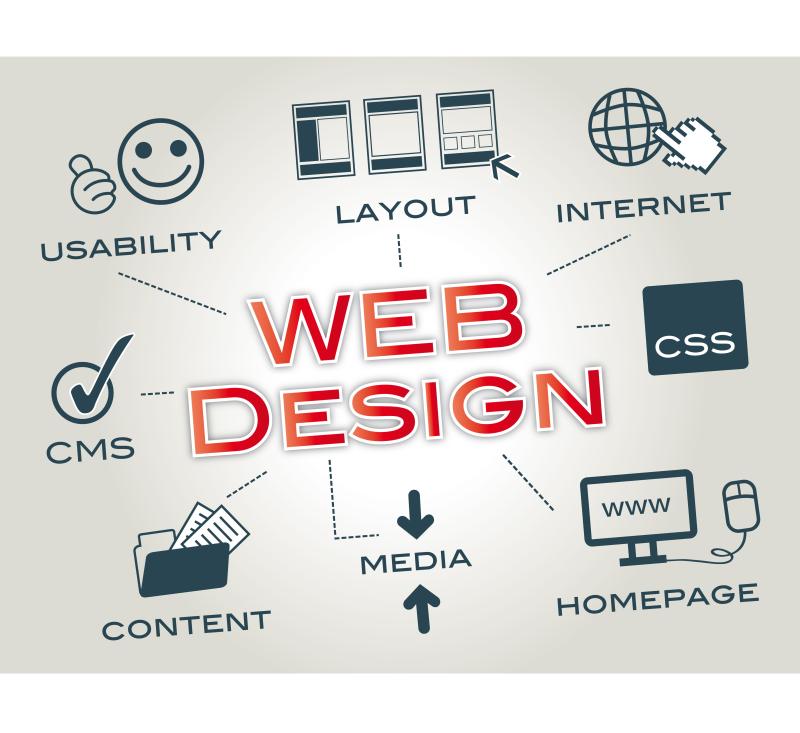What is web page design?
Web page design refers to the process of creating and arranging visual elements, content, and functionality for a web page to ensure an engaging, user-friendly, and aesthetically pleasing online experience. It involves the use of various design principles, technologies, and tools to craft the layout, appearance, and interaction of a webpage.
Key elements of web page design include:
Layout and Structure: Determining the arrangement of content, images, text, and multimedia elements on the webpage to create a logical flow and visual hierarchy.
Visual Design: Choosing colors, typography, graphics, and visual elements that align with the brand identity and enhance the overall look and feel of the webpage.
User Experience (UX) Design: Focusing on creating an intuitive and seamless user experience by considering navigation, ease of use, accessibility, and responsiveness across different devices and screen sizes.
Interaction Design: Incorporating interactive elements such as buttons, forms, menus, and animations to engage users and guide them through the website.
Content Creation: Developing compelling and relevant content that communicates the message effectively while considering SEO (Search Engine Optimization) principles for better visibility on search engines.
Coding and Implementation: Using HTML, CSS, JavaScript, and other web development languages and frameworks to translate the design into functional web pages.
Testing and Optimization: Conducting usability tests, checking for bugs or errors, and optimizing the webpage for speed, performance, and compatibility across various browsers and devices.
Web page design is a multidisciplinary field that requires a blend of artistic creativity, technical skills, and an understanding of user behavior to create an engaging and functional online presence. It aims to deliver an appealing and user-centric interface that effectively communicates information, drives engagement, and achieves the desired goals of the website, whether it's providing information, selling products, or sharing content.
How does web page design influence user experience?
Web page design plays a crucial role in shaping user experience (UX), significantly impacting how visitors interact with your website and perceive your brand. Here's how:
First Impressions Matter:
- Visual Impact: The overall aesthetics, including layout, colors, fonts, and imagery, create a first impression that can make or break a user's engagement. A visually appealing and cohesive design attracts users, while a cluttered or outdated one can lead to immediate bounce rates.
- Usability and Accessibility: A user-friendly interface with clear navigation, logical information hierarchy, and responsive design (adapting to different screens) allows users to find what they need quickly and easily. Conversely, poor usability frustrates users and hinders their journey.
Engaging the User:
- Storytelling and Content Presentation: The way you present information, whether through text, images, videos, or interactive elements, influences user engagement. Well-structured content, captivating visuals, and interactive components can keep users interested and invested in your message.
- Emotional Connection: Effective design evokes emotions and builds a connection with users. Colors, images, and even animation can create a specific atmosphere and resonate with your target audience on a deeper level.
Influencing Behavior and Conversions:
- Calls to Action (CTAs): Prominent and well-placed CTAs, like buttons or links, guide users towards desired actions, such as making a purchase, signing up for a newsletter, or contacting you. Clear and compelling CTAs strategically placed within the design can significantly improve conversion rates.
- Brand Perception: Website design is an extension of your brand identity. A consistent and professional design reinforces your brand image, builds trust, and creates a positive association with your company. Conversely, a poorly designed website can damage your brand perception and impact your credibility.
In essence, web page design goes beyond aesthetics. It's about creating a seamless, intuitive, and engaging experience that guides users towards achieving their goals on your website. By prioritizing usability, accessibility, and effective communication through design, you can significantly improve user experience and achieve your business objectives.
Do you have any specific aspects of web page design and its impact on user experience you'd like to discuss further? Or perhaps you're facing challenges with your current website design and need some insights? I'm happy to help you delve deeper into this topic and understand how design can elevate your online presence and improve user engagement.












